We have looked at safe vegetables, fruits, herbs/spices that bearded dragons can eat, and those they cannot have. Additionally, some plants and flowers are safe for these pets.
However, this doesn’t mean you pick any safe plant since some may have herbicides, pesticides, and fertilizers, including ornamental ones. Ensure anything you feed to your beardies is free of these harmful chemicals or opt for those that are organically grown.
Plants growing in the wild, your yard, or garden may have herbicides, fungicides, pesticides, or fertilizers that may be from your neighbor’s farm if they use them.
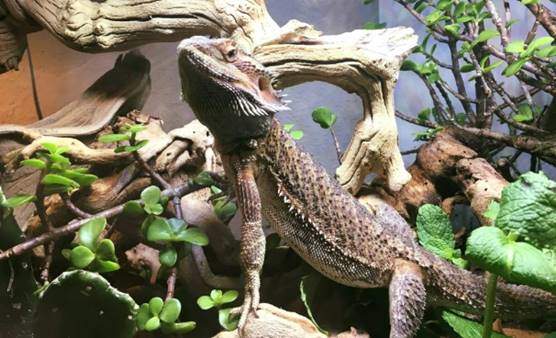
Furthermore, any plant you buy from florists, stores, or nurseries often have topical herbicides, plant growth regulators, pesticides, and they grow on soils that have fertilizers. Wash them before you plant or pot them. Furthermore, note that since they for human or animal feeding, chemicals used are not safe for humans or animals.
Finally, to render them safe, rinse their leaves, put them in new pots and let them grow for a while to help reduce residual chemicals.
Feed them to your beardie in moderation and check for abnormal reactions
While they may be safe, give them to your pets in moderation as an occasional treat as you watch how they react to them. Some plants may not necessarily respond well with your bearded dragon.
Signs such as diarrhea, soft stool or changes in feces and urates, labored breathing, more water consumption, face or mouth rubbing, hypersalivation, increase or reduced activity, a chance in respiration rates, sudden weight loss, and so on indicate that the specific plant doesn’t agree well with your pet.
Finally, factors such as pet age, size, core temperature, amount of water drank, the season of the year, health status including preexisting conditions like kidney or liver dysfunction, etc., may contribute how your pet will react to a particular plant or weed.
Long-term vs. short-time use
Many plants may not kill your beardies immediately. However, they may be listed as toxic if studies show that their long-term use is detrimental.
Safe plants
This list of safe plants is not all-inclusive. We will include images as well as tell you the plant’s genus to avoid confusing it with any other type of plant that may be toxic.
1. Alfalfa sprout
Alfalfa (Medicago sativa or Lucerne belongs to the genus Medicago) and is cultivated for feeding animals but has many health benefits to humans. These agamid lizards will love alfalfa as it is nutritious.
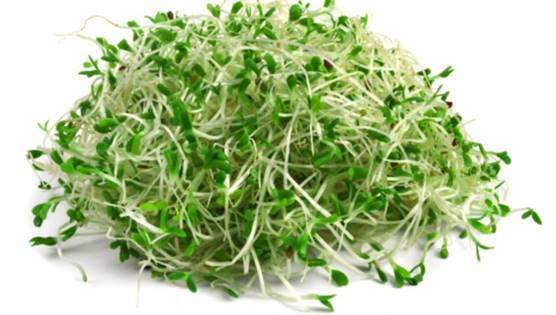
2.Astilbe – Astilbe spp.
Astilbe is a perennial herbaceous plant with over 16 different species in the genus Astilbe cultivated for its fern-like foliage and dense, glossy, beautiful feathery flowers. Some species are known as false goat’s beard or false spirea, and it is safe to these pets.
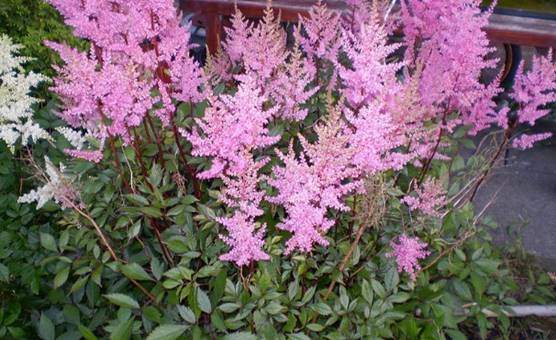
3. Baby’s Tears
Baby tears (Soleirolia soleirolii), genus Soleirolia, is an ornamental house plant with yellow or bright green leaves and white flowers. It is also known as angel’s tears, friendship plant, bits and pieces, Corsican creeper, bread and cheese, Pollyanna vine, Corsican curse, helxine, mind-your own business, paddy’s wig, among other names.
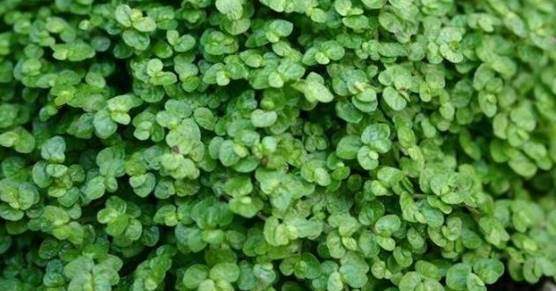
4. Borage
Borage Borago officinalis in the Borago genus is a medicinal herb, and in garnishing beverages. Borage or starflower is safe to beardies but should be fed sparingly as an occasional treat.

5. Carnations – Dianthus petals
Allow these reptiles to have only the leaves of Carnation (D. caryophyllus), pink (D. plumarius), and sweet William (D. barbatus) all in the genus Dianthus.
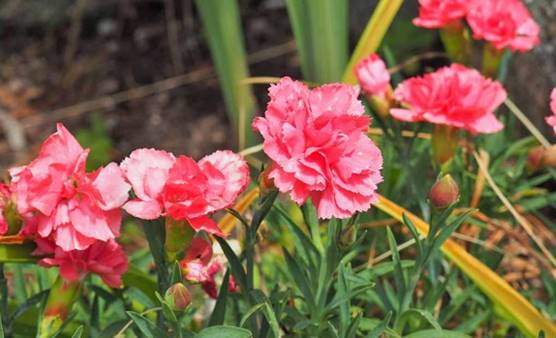
6. English Chamomile – Chamaemelum nobile
The English, Roman, or garden) chamomile popularly used as herbal infusion medicine. We didn’t get evidence if the Matricaria chamomilla (Water of Youth or German chamomile) is safe. Therefore, in the meantime, avoid it.
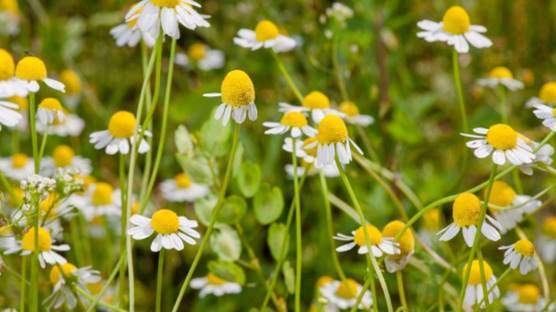
7. Chinese lantern Abutilon spp. flowers
Cultivated for ornamental purposes, Chinese lantern, Chinese bellflower, room maple, parlor maple, Indian mallow, velvetleaf, flowering maple, and belong to the genus Abutilon and not genus Physalis. It is safe for your beardies as a treat.
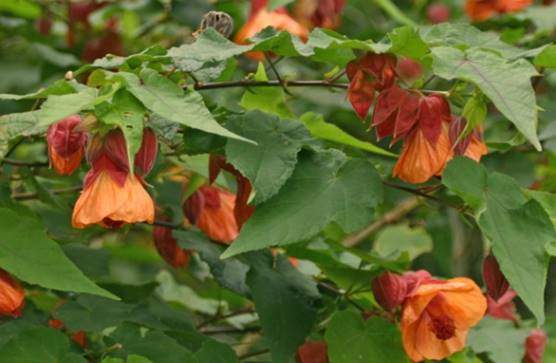
8. Clover or trefoil
Commonly cultivated as fodder, clovers belong to the genus Trifolium, and common cultivars are the red and white clover
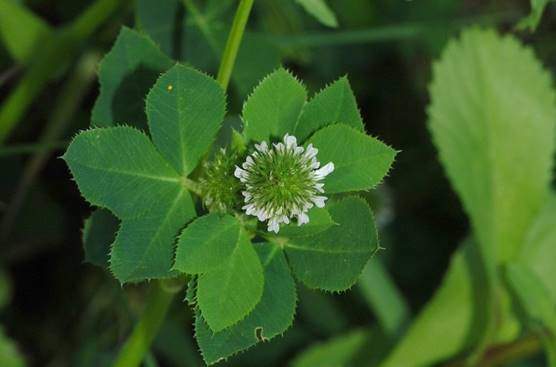
9. Dahlia flowerhead
The flowerheads of this popular ornamental plant that is a member of genus Dahlia is safe to your bearded dragons as an occasional treat.
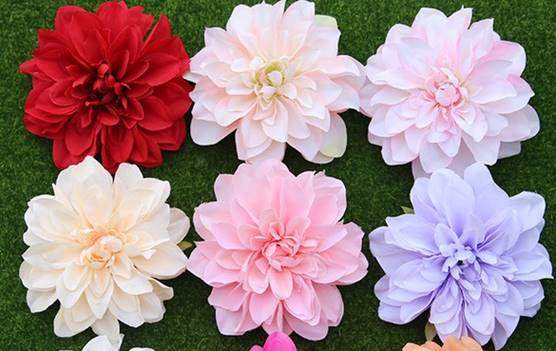
10. Daylilies flowers
Daylilies are garden plants that grow with little care. The flowers of the various Daylily species in the genus Hemerocallis are safe.
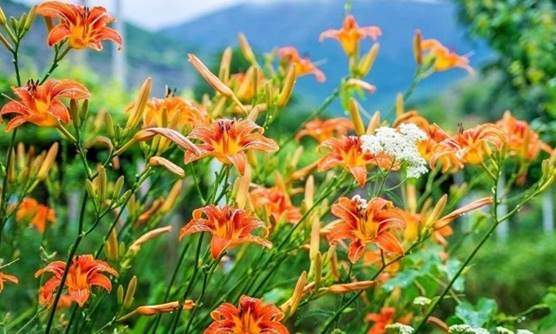
11. Dracaena spp.
Comprises of over 120 different species of trees and succulents in the genus Dracaena and includes corn plants (corn stalk dracaena).
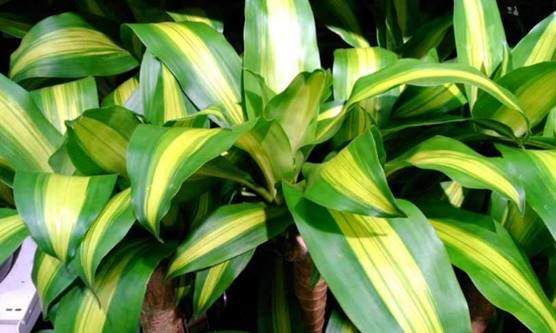
12. Ficus benjamina leaves
It belongs to the genus Ficus and with familiar names like names include ficus tree, weeping fig, or Benjamin fig but commonly sold as a ficus.
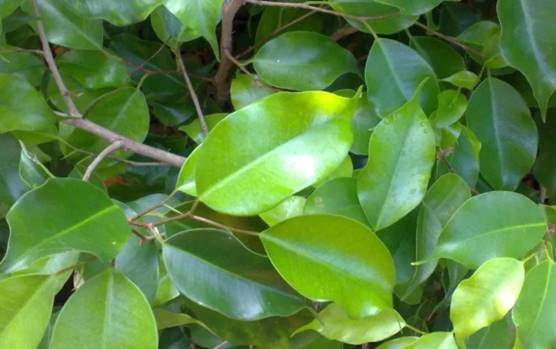
13. Geranium leaves and flowers
Your bearded dragons can eat leaves and flowers of Geranium, a genus name for over 422 species of flowering plants grown for pharmaceutical and horticultural use. Don’t confuse them with Pelargonium spp. Common names for some Geranium species include Carolina cranesbill or Carolina geranium.
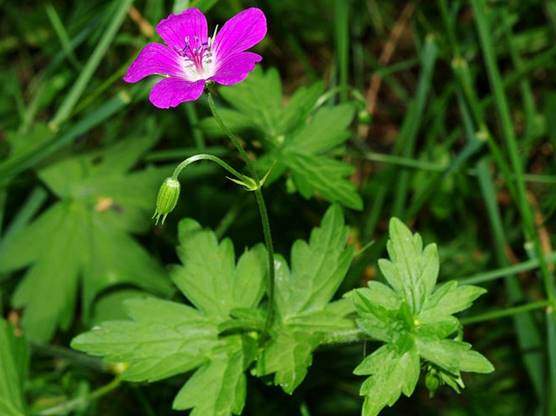
14. Grape berries and leaves
We already noted grape berry fruits are safe for bearded dragons. Also, grape berry leaves belonging to the genus Vitis are safe. However, don’t confuse them with ornamental grape ivy (Cissus spp.)
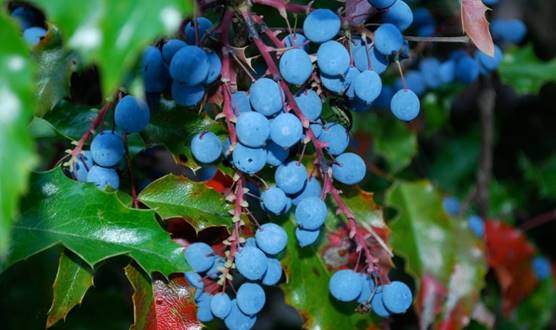
15. Echeveria spp.
Also known as Hens and Chicks, hen-and-chickens or hen-widdies are succulent plants in the genus Echeveria. They are one of the popular live bearded dragon tank plants you can consider.
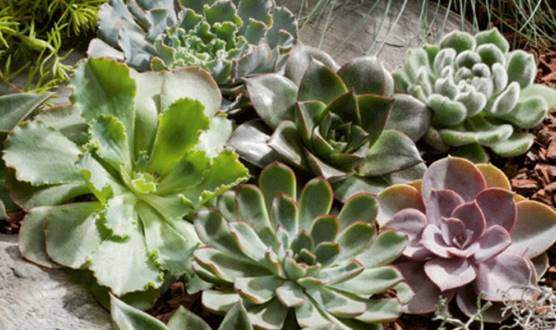
16. Common houseleek – S. tectorum
This evergreen succulent shares the name hens and chicks or hens and chickens, but it is from genus Sempervivum.
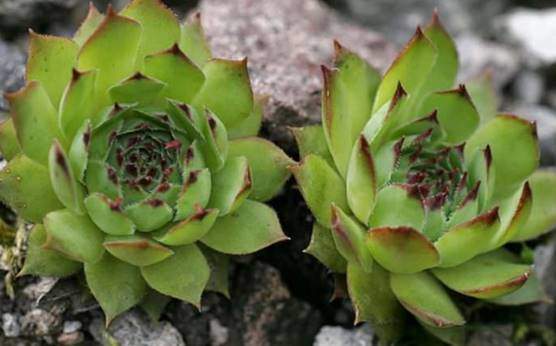
17. Impatiens
They belong to genus Impatiens with common names jewelweed, touch-me-not, snapweed, or patience) there are over 1000 species. They are safe to beardies.
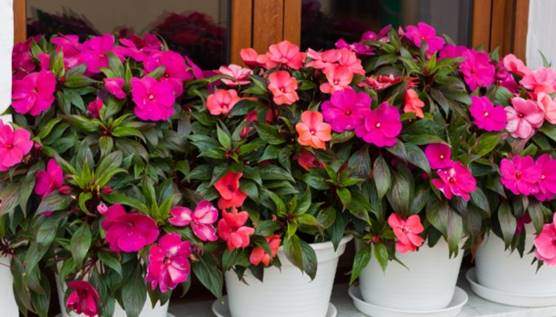
18. Johnny Jump Up flowers
The V. tricolor, heartsease, heart’s delight, heart’s ease, tickle-my-fancy, come-and-cuddle-me, tree faces in the wood, Jack-jump-up-and-kiss-me, love-in-idleness or wild pansy is a wildflower in the genus Viola.
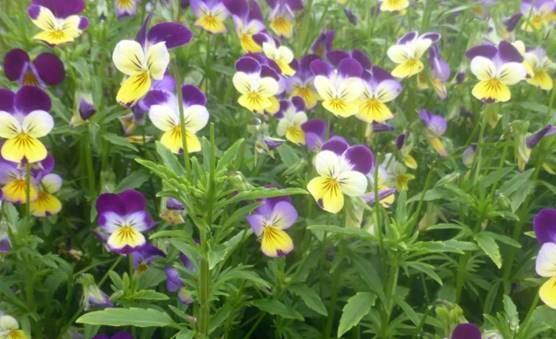
19. Hibiscus spp. leaves and flower
Hibiscus is a genus name for over 100s species of tropical, subtropical, and temperate flowering plants whose common names are rose mallow or rose of Sharon as well as tropical hibiscus, and hardy hibiscus.
Bearded dragons can eat leaves of tropical hibiscus or Hibiscus rosa-sinensis (China rose, Chinese hibiscus, rose mallow or shoeblack plant)
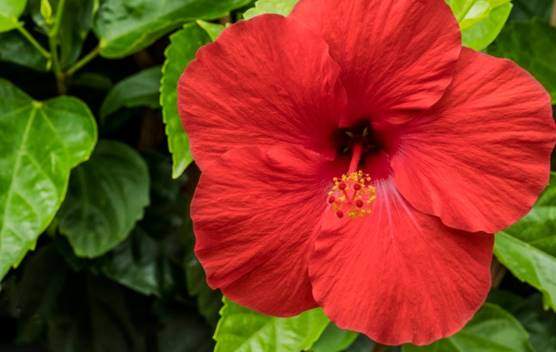
20. Lilac or blue hibiscus A. huegelii flowers
While it shares the name hibiscus, the belongs to the genus Alyogyne, unlike tropical hibiscus.
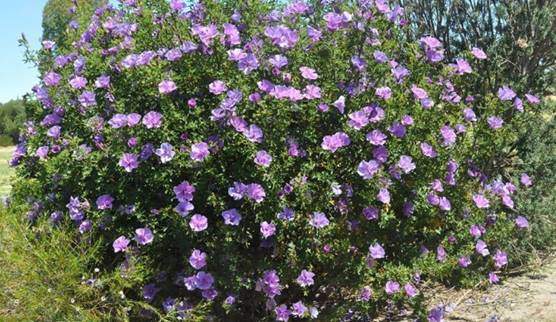
21. Common hollyhock leaves and flowers
Hollyhock is a common name of genus Alcea flowering plants except for streambank wild hollyhock, which is not a member of this genus. Common hollyhock (Alcea rosea) is one of the hollyhock species that is safe.
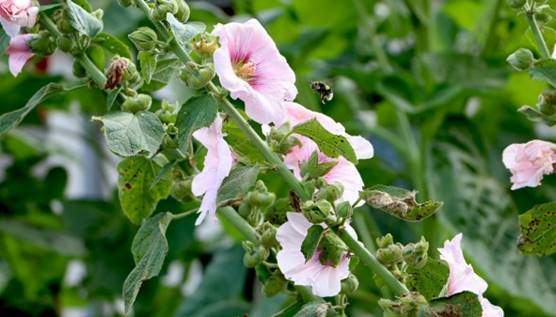
22. Maple leaves
Maples are shrubs and trees in the genus Acer. Many bearded dragon owners have reported that their beardies ate maple leave without any problem or effect.
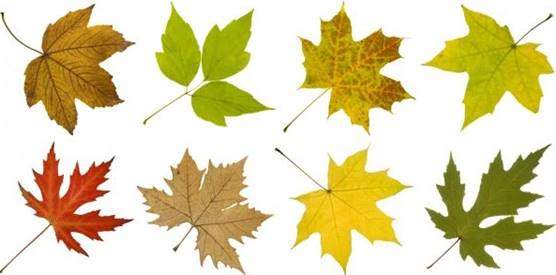
23. Honey and Chilean Mesquite leaves
The leaves of Prosopis glandulosa (honey mesquite) and Prosopis chilensis (Chilean Algarrobo, Chilean mesquite, or cupesí) are safe to these reptiles.
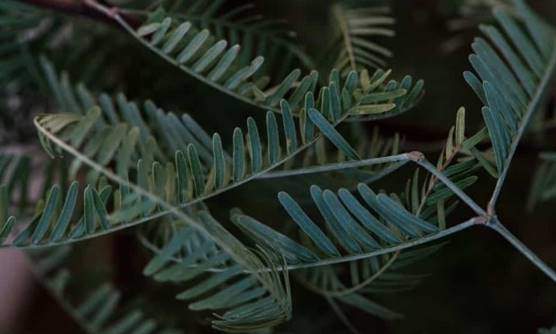
24. White mulberry leaves
White mulberry (M. alba), popularly use in feeding silkworms and belongs to the genus Morus is safe to your reptiles.

25. Garden nasturtium flowers and leaves
Tropaeolum majus, also known as garden nasturtium, Indian cress, or monks cress, is a flowering plant species with bright orange flowers and disc-shaped leaves that is unrelated to the genus Nasturtium.
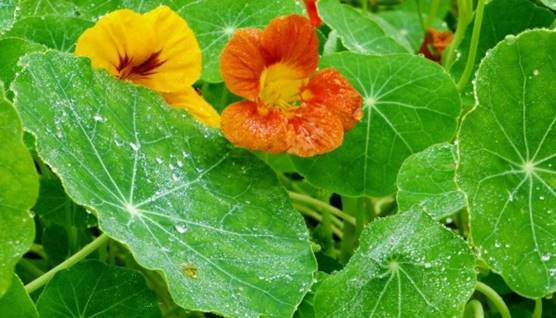
26. Oregano
Oregano (Origanum vulgare) is a popular medicinal and culinary herb that happens to be safe for these pets.

27. Pansies flowers
Your bearded dragon can snack on both the V. tricolor hortensis and V. wittrockiana garden ornamental flowers belonging to the genus Viola.

28. Hybrid petunia
Hybrid petunia (Petunia × atkinsiana or Petunia × hybrida) is a famous garden and landscaping flower in the Petunia genus that has over 20 species.
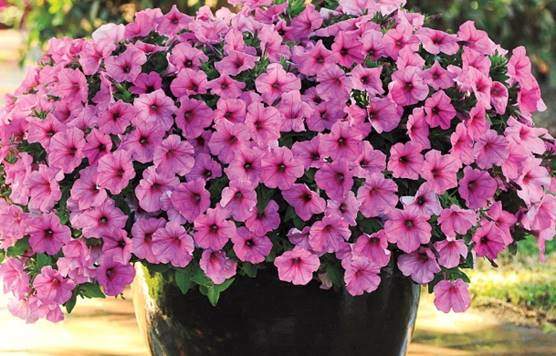
29. Garden Phlox
The Garden phlox (fall, perennial, or summer phlox) or Phlox paniculata is an ornamental plant species in the genus Phlox popular in temperate regions.
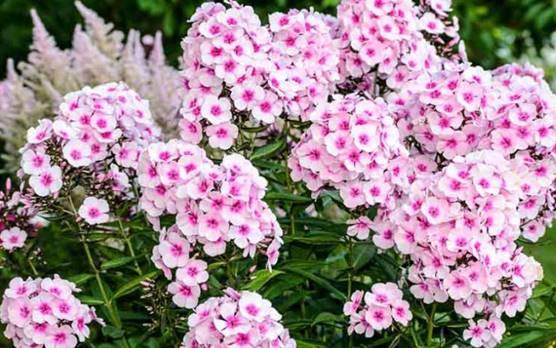
29. Rose petals
As some of the most popular ornamental indoor and outdoor plants, it is sensible to wonder if your bearded dragons can eat them. Yes, they can, but only the petals. Roses belong to the genus Rosa.
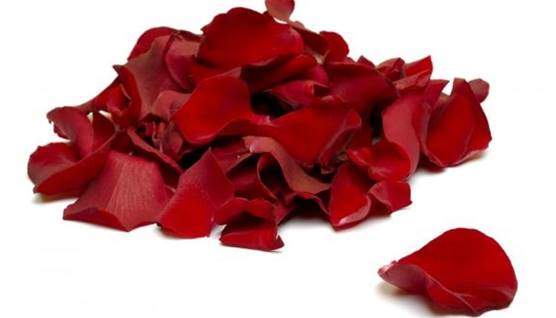
30. Squash and Zucchini flowers
Squash is a name given several species of genus Cucurbita grouped into winter and summer squashes, including pumpkin, acorn, courgette, or zucchini.
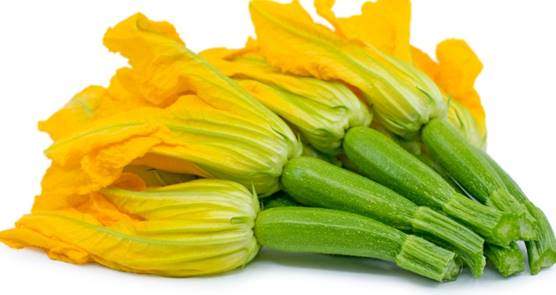
31. Violets flowers and leaves
Various species of genus Viola including V. alba (pharma violets), V. tricolor hortensis (pansies), V. odorata (sweet violet), V. sororia ( confederate hooded or common violets), V. tricolor (Johnny Jonny Jump Up), V. preceana (Australian violets), Viola cornuta (Tufted pansies, horned violets, bedding pansy), and V. preceana flowers and leaves are safe to beardies.
However, the African violets that belong to a different genus Saintpaulia are not safe.
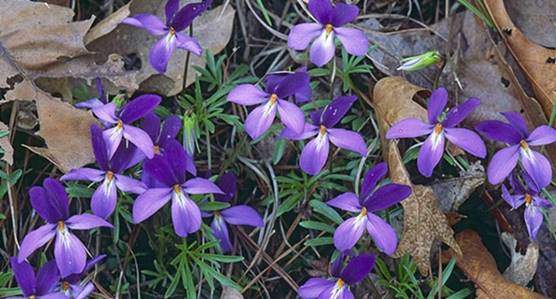
32. Yucca flowers
Belonging to the genus Yucca, the flowers of Y. aloifolia, Y. baccata Y. breviforia ( Joshua Tree), Y. elata, Y. recurvifolia, Y. gloriosa, Y. torreyi, Y. whipplei, Y. harrimania, Y. elephantipes, Y. flaccida, Y. elephantipes, Y. schidigera, Y. tilamentosa, as well as Y. schottii are safe.
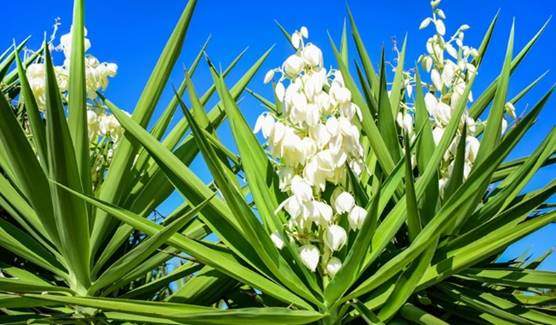
Safe plants to watch
Split-leaf philodendron (Monstera deliciosa or swiss cheese plant) and pothos (Pothos aureus or Epipremnum aureum also known as money plant, golden pathos, hunter’s robe, ivy arum, silver vine, Solomon Islands ivy, taro vine, devil’s vine, devil’s ivy, Ceylon creeper) leaves as they are high in oxalic acid.
Note that the wandering Jew (Zebrina spp. including Tradescantia zebrina) and spider plant (Tradescantia cussonia specata) sap may potentially be a skin irritant.
Finally, while humans, cows, and goats can eat KUDZU, i.e., tropical KUDZU (Pueraria phaseoloides or puero) and Pueraria thunbergiana), give them sparingly as it has phytocompounds that are potentially harmful. Check for any side effects.
Plants toxic to bearded dragons
According to Sawnee Animal Clinic and Reptile Magazine, the following is a list of plants that are poisonous to reptiles and, by extension, to your bearded dragons. Therefore, these pets shouldn’t have them even in small amounts.
- Acocanthera plants except for ripe fruits
- Amaryllis
- Angel’s trumpet flowers, seeds, and leaves
- Apricot bark, leaves, and pits
- Apple bark, leaves, and seeds
- Azalea
- Bittersweet vines
- Bitter Melon or Balsam Pear
- Baneberry
- Belladonna
- Bird of paradise pods and seeds of
- Black locust
- Boxwood
- Bracken fern
- Buckthorn
- Burdock
- Buttercup
- Caladium Calla lily
- Catclaw acacia leaves and twig
- Castor bean
- Chinaberry
- Cherry
- Clematis
- Coral Plant
- Crocus
- Sago Cycas or Cycad
- Daffodil
- Daphne
- Death camas
- Delphinium
- Dieffenbachia
- Eggplant fruits and leaves
- Elderberry leaves, stem, bark, and roots
- Elephant’s ears
- Euonymus bark, filet, and leaves
- European plant
- Four o’clock
- pennyroyal
- Four o’clock
- Heliotrope
- Henbane
- Holly
- Horse chestnut
- Horse nettle
- Hyacinth
- Hydrangea
- Iris
- Boston, English, and other Ivy
- Jack-in-the-pulpit
- Jerusalem cherry
- Juniper
- Lantana
- Larkspur
- Laurel
- Lily-of-the-valley
- Lobella
- Locoweed
- Lupine
- Marijuana
- milkweed
- Mistletoe
- Mock orange
- Moonseed
- Monkshood
- Morning glory
- Mushrooms
- Narcissus
- Oak
- Oleander
- Peach
- Peony
- Periwinkle
- Peyote
- Philodendron
- Poison hemlock
- Poison ivy
- Poison oak
- Poison sumac
- Poinsettia
- Poppy
- Pokeweed
- Potato berries, tubers, leaves, and sprout
- Pathos
- Primrose
- Privet
- Ragwort
- Red maple
- Rhododendron
- Rosary pea
- Sage
- Shamrock plant
- Skunk cabbage
- Snowdrop
- Sorrel
- Spurges
- Star of Bethlehem
- Sweet pea
- Tobacco
- Tomato stem and leaves
- Tulip
- Virginia creeper
- Vetches
- Water hemlock
- Waxberry
- Wisteria
- Yew
Further Reference
- Thomas S. Elias and Peter A. Dykeman’s Edible Wild Plants: A North American Field Guide (Sterling Publishing Co., Inc., New York, NY. 266 p. ISBN 0-8069-7488-5)
